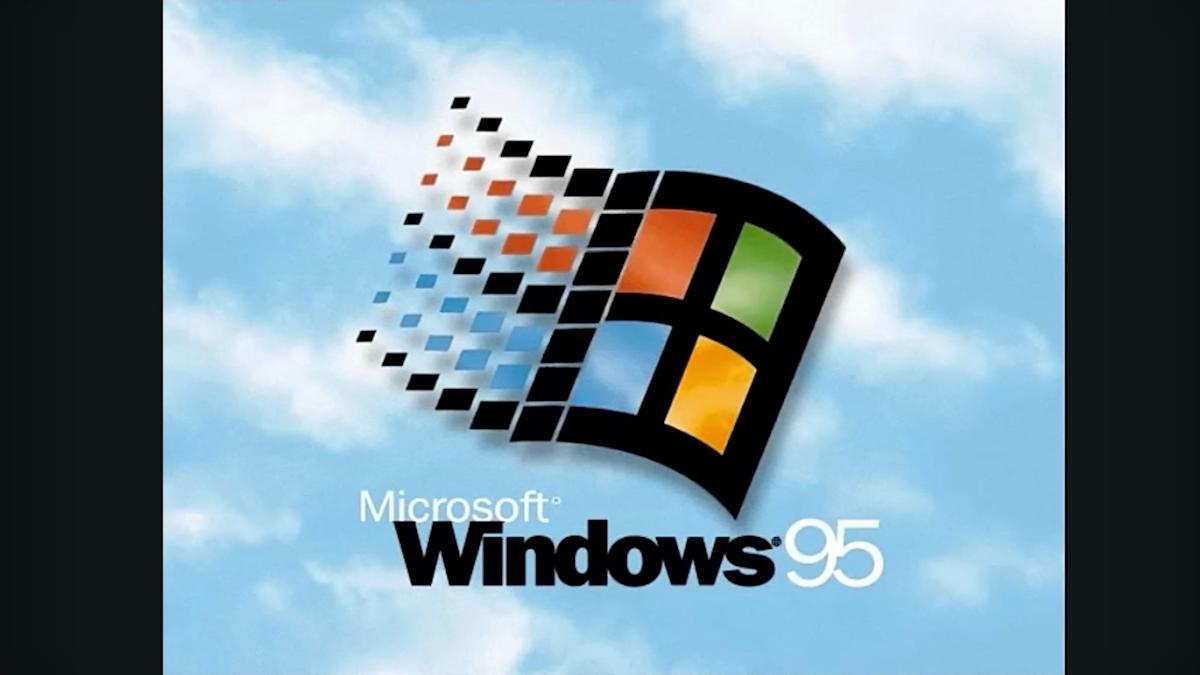
You could be folding your iPad as soon as next year.
The iPad Fold, as it is known, is expected to arrive next year. However, a recent report suggests that the launch of the first foldable iPad could be scheduled for 2026. This new device would feature an impressive 18.8-inch display when fully unfolded. Additionally, it is suggested that this model will include ...
A new report suggests that Apple could launch its first foldable iPad in 2026, featuring a notable size of 18.8 inches when fully extended. Additionally, there is speculation that this device may arrive alongside an iPhone Fold, which would have a 7.8-inch screen. The information was shared by analyst Jeff Pu in a research document, where it is suggested that both devices will enter mass production in the fourth quarter of 2026.
Uncertainty remains regarding whether these devices will be announced for immediate sale or if their existence will simply be made known. Historically, Apple follows a pattern of hardware announcements followed by later availability, creating optimistic expectations.
However, there is significant disagreement regarding the timelines. Mark Gurman of Bloomberg believes that foldable iPads won’t be ready until 2028, noting that Apple designers have been working on a device resembling a large iPad that unfolds to reach the size of two iPad Pros. This situation creates an atmosphere of excitement regarding the arrival of these new foldable devices, with the possibility of more leaks and details emerging in the coming months, assuming the 2026 timeline holds true.
On the other hand, Apple is also preparing for the launch of the "iPhone Fold," which lags behind competitors such as Samsung and OnePlus. Apple’s delay in entering the foldable device market may be due to its focus on achieving a seamless transition between the outer and inner screens. Reports indicate that the iPhone Fold will adopt a liquid metal hinge designed to enhance durability and reduce the visibility of the folding line, a significant issue in early foldable devices.
Meanwhile, the conventional iPad has made notable improvements in its hardware, offering increased storage and RAM, making it more efficient for multitasking. However, it still faces challenges with its software, as iPadOS has a series of concerns that continue to affect the user experience.




